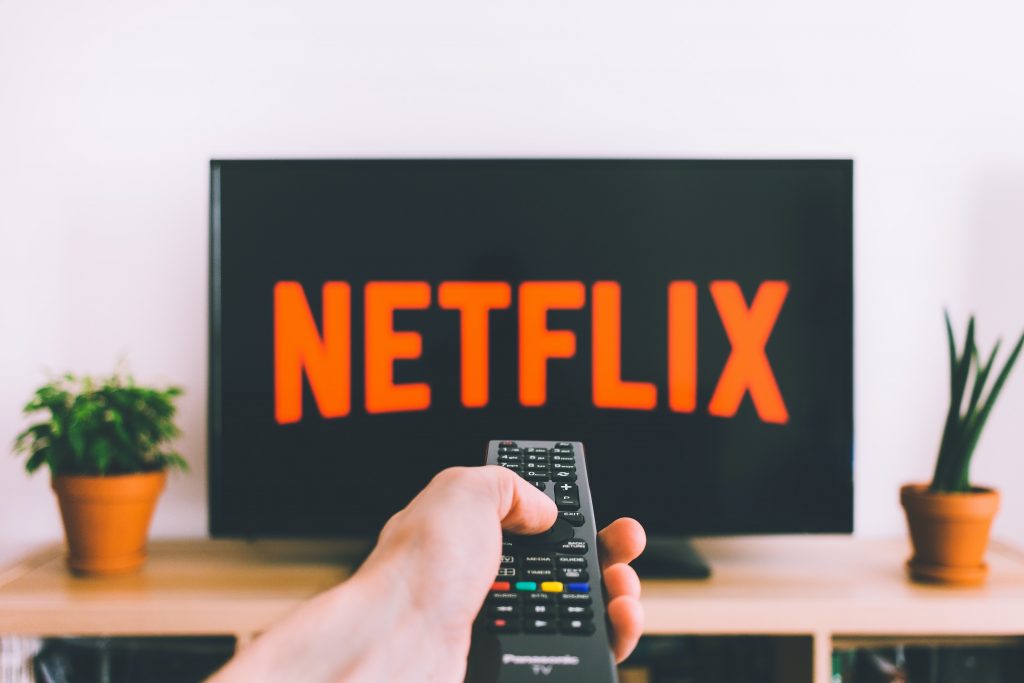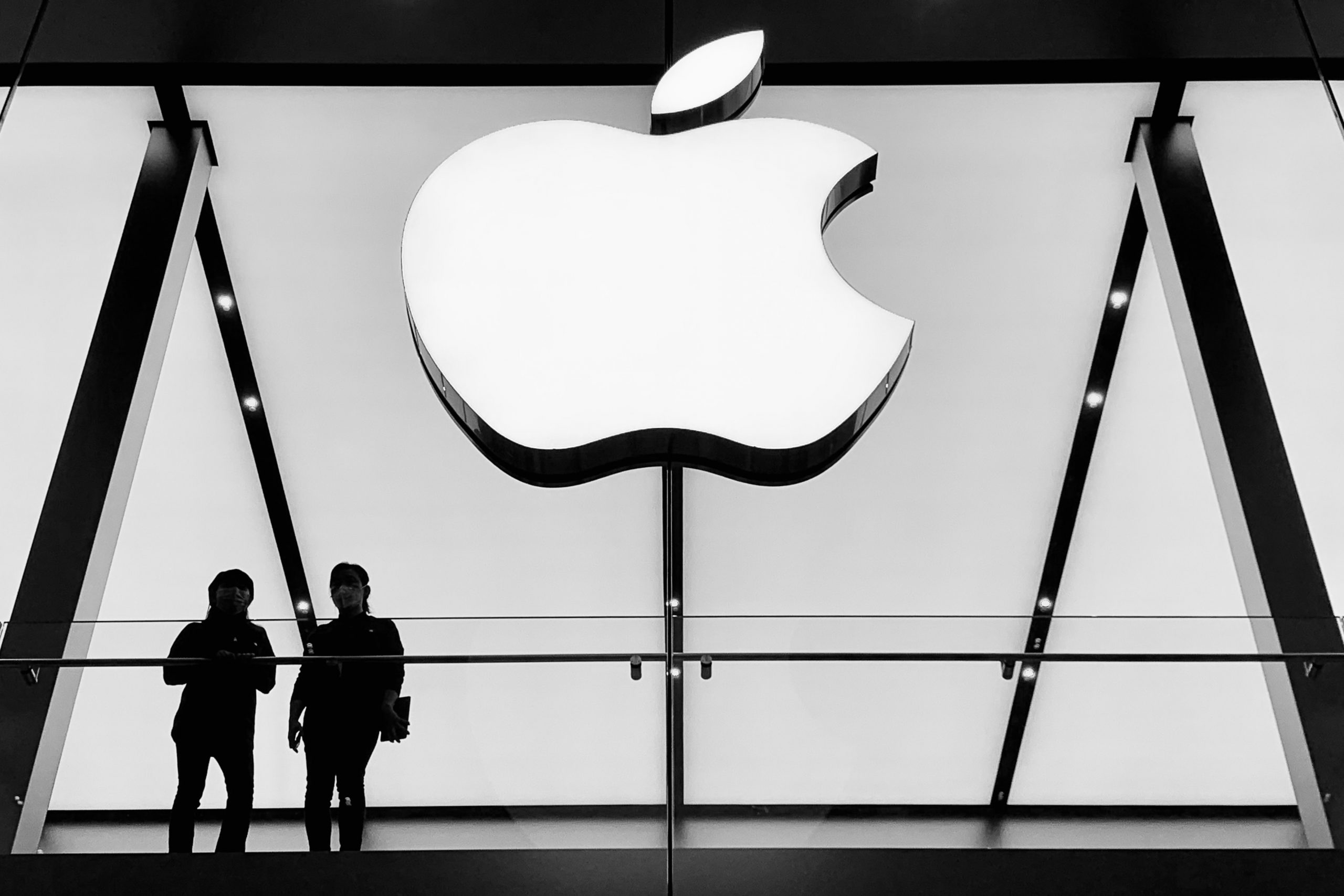How high will you go? Netflix price hike renews questions for streaming subscribers

Posted January 18, 2022 10:09 pm.
Last Updated January 18, 2022 10:10 pm.
TORONTO — Another year, another Netflix price increase.
At least that’s how it might feel for Canadians after the streaming giant announced last week it’s once again inching up the cost of its most popular subscription packages by a dollar or two per month.
On Friday, Netflix said the price of its standard plan, which includes high-definition video and two simultaneous streams, will rise $1.50 to $16.49 per month, while the premium package, with Ultra HD access and four streams, is going up by $2 to $20.99.
The basic plan with standard definition video remains unchanged at $9.99.
While Netflix isn’t the only streaming giant to hike prices, it’s done so the most frequently, which leads London, Ont.-based analyst Carmi Levy to wonder if the company is testing how much more it can charge.
“The era of cheap streaming is drawing to an end,” he said.
“We can expect to see continued behaviour like this — small, fairly frequent increases — as Netflix tries to feel out in an experimental manner just how much resistance consumers have to price increases.”
Netflix last raised its Canadian prices in October 2020, boosting the standard plan by $1 and the premium plan by $2.
However, subscribers felt an extra pinch last year when the company added GST or HST charges to its bills on Canada Day.
Price increases are becoming more of a regular feature at Netflix as it spends on more lavish TV and film projects, particularly for the international market where it sees room for growth. The company is also investing in mobile games production in hopes of hooking viewers to more interactive entertainment.
Other streaming companies have jacked up prices during the pandemic, too.

Disney Plus added another $3 to customers’ bills last year as it introduced more programming for grown-ups through a section of the service dubbed Star. Courtesy: Zhiyue Xu
Disney Plus added another $3 to customers’ bills last year as it introduced more programming for grown-ups through a section of the service dubbed Star, while Bell Media’s Crave divided its packages differently to introduce a $9.99 mobile-only option or $19.99 streaming on any device.
Levy suggested no matter which platform boosts its price, the move itself is bound to have ripple effects across all services.
“Consumers are going to be looking at their streaming budgets and asking themselves why they’ve committed to more than one service,” he said.
Streaming companies could push themselves out of families’ budgets: Ryerson prof
For years, analysts have suggested that most households would bear the costs of up to three streaming platforms. And in the early months of the COVID-19 pandemic, streaming emerged as an ideal lockdown entertainment option leading more people to sign up.
However, a recent Bank of Canada survey found consumers appeared more concerned about inflation now than at any other time in the pandemic, which could tighten discretionary spending on non-essential items such as streaming packages which can be cancelled with the click of a button.
Richard Lachman, an associate professor at Ryerson University who studies digital content, said each dollar added to monthly bills pushes streaming companies closer to pricing themselves out of some households.
“These costs of what are now basic services are higher than you used to pay just for a cable bill,” Lachman said.
“You’re paying for high-speed internet that’s fast enough for the kids to be on school, and for you to be on meetings … plus your cellphone bill … so I think we’re going to hit some limits.”
If any of the streaming giants is sheltered from penny-pinching consumers, it’s almost certainly Netflix, suggested Kaan Yigit, a technology analyst at Solutions Research Group.
In July 2020, his company asked 900 Canadians who have used Netflix if they would recommend it to others. The response was an overwhelming 88 per cent “recommend” score with 65 per cent saying they were “very likely” to recommend.
“I’ve been in the research business for 25 years, and those are as high of numbers as I’ve ever seen,” Yigit said. He added: “Will they come to a point where (higher costs) is going to begin to make a difference? It could happen, but right now is not the time.”
Netflix is set to report its year-end financial results Thursday, which could yield clues to how loyal its base is as the pandemic drags on.
While the company projects it will end 2021 with about 18.4 million new global subscribers, that’s not even half the spike seen in 2020 when more than 37 million newcomers joined.
Lachman said he’s hearing more viewers talk about “fine-tuning” how they subscribe to Netflix, Apple TV and Amazon Prime Video, meaning they sign up for a service, binge the shows they want and then cancel.
“The push towards subscription models was to make us forget how much we’re paying and just count on it, like a utility,” he added.
But with every email notifying subscribers of a price increase, “it reminds us to double-check how much we’re paying.”








